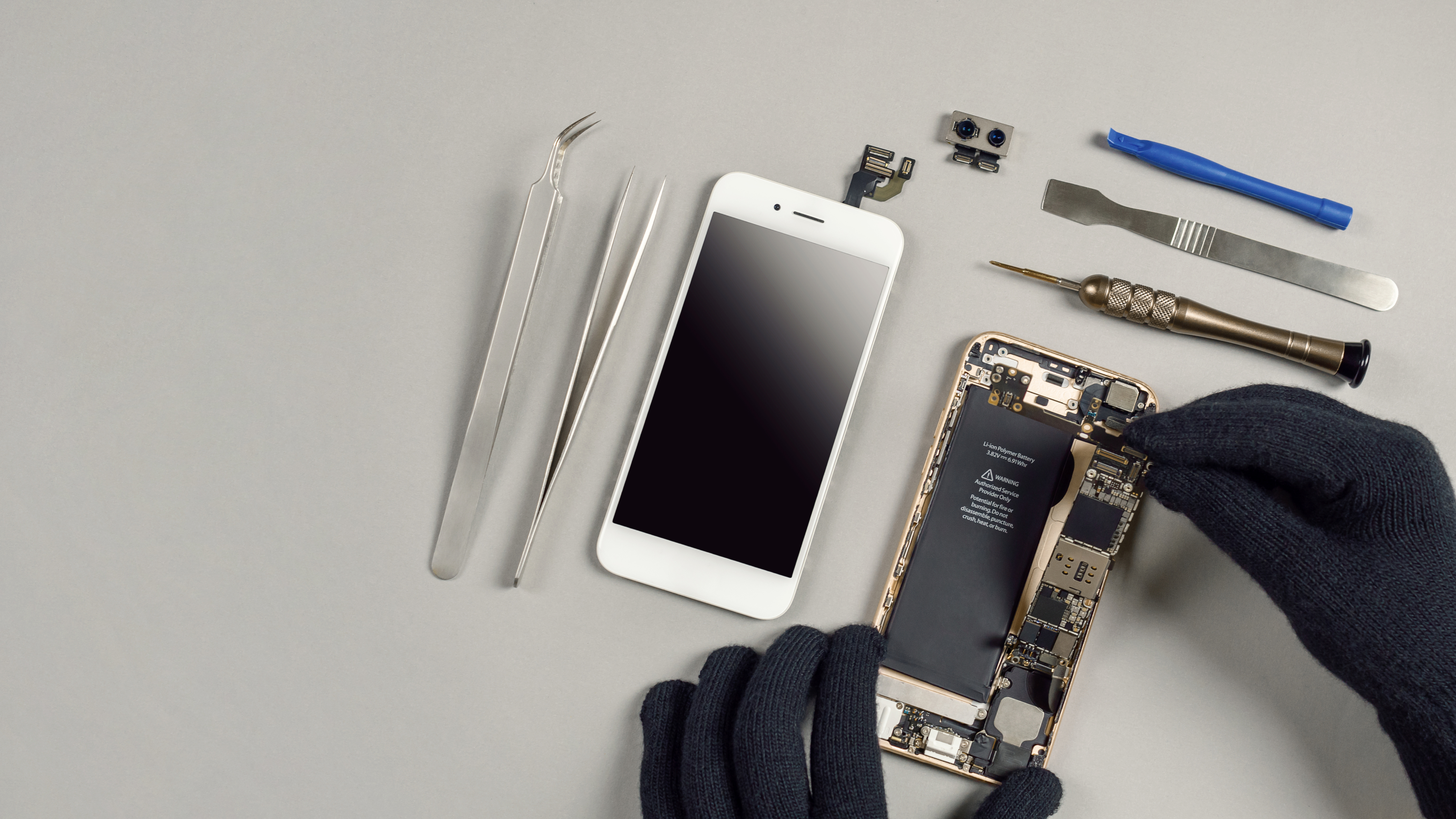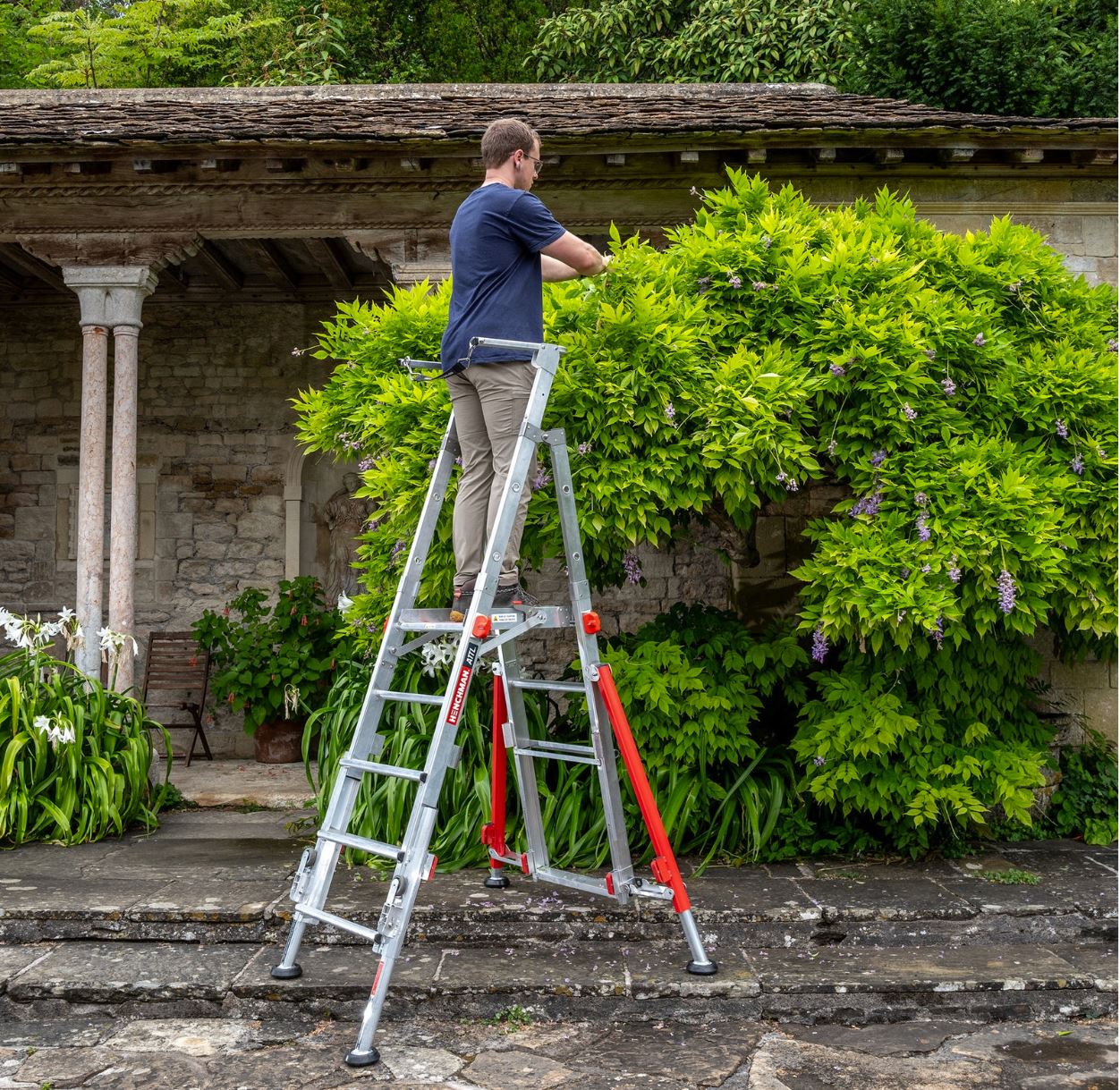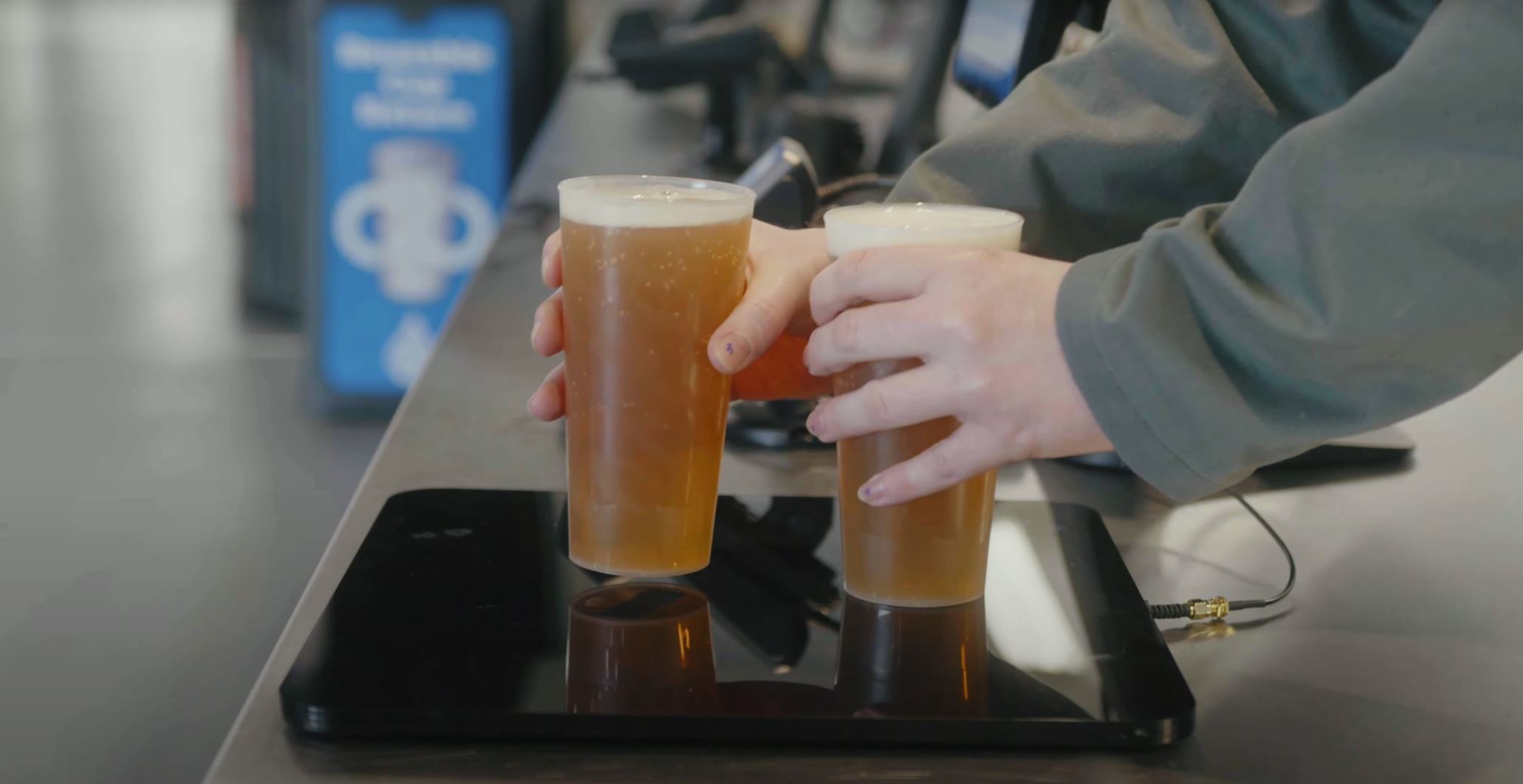We live in a time where the cheapest option often wins.
Not because it’s better, but because it’s easier, immediate and we can have more of it. With ultra-fast fashion brands and cheaply-made electronics delivered right to your doorstep, consumers have been trained to value price and convenience over everything else, flooding our lives with products designed to be discarded. With the UK alone already producing more than 170 million tonnes of waste every year, we cannot afford to add to this pervasive throwaway culture.
In this article we discuss how businesses can meet their sustainability goals while competing against cheap products built on a linear system of ‘take-make-dispose’. We offer three business model strategies to help you shift consumer behavior while still turning a profit.
Strategy 1: Serviceable Products as a Revenue Stream
A 2018 European Commission behavioural study on consumer engagement in the circular economy showed that 64% of consumers always repair broken or damaged products. Designing your products to remain repairable once sold prolongs its lifespan by empowering your customers to replace only what is defective rather than the entire product. With global momentum behind movements like the ‘right to repair’, prioritising repairability isn’t just important to preempt incoming legislation, it’s also unlocking real commercial and environmental value for businesses.
Kingfisher’s range of power tools provides a compelling example of how design for repair can be both user-friendly and economically viable. By replacing glued components and permanent snap-fittings with push connectors and standard screws, Kingfisher empowered their customers to open up and repair their tools with ease. This design shift not only significantly extended the lifespan of the products but also aligned closely with the values of DIY-savvy, sustainability-conscious consumers.
Crucially, this strategy created an entirely new business opportunity: selling spare parts directly to customers. What began as a design improvement ended up streamlining assembly processes and evolved into a circular business model. This enabled Kingfisher to reduce waste, generate additional revenue and build brand trust.

Right to repair - image credit Adobe Stock
Strategy 2: Invest in Longevity, Save in the Long Run
Products today are often designed for short lifespans, encouraging frequent replacements and driving economic growth through continuous production and consumption. This model, while economical in the short term, has proven to be unsustainable and socially questionable, and ultimately costs your customers more in the long-term.
It is difficult to think of a product sold today that can last more than 10 years, yet Le Creuset has successfully built their brand on the longevity of their kitchenware. From the thick-walled cast iron body, through to the enamel finish, their design visually communicates a weighty, solid product that radiates quality. Distinguishing that their brand embodies resilience, durability, and dedication. Taking their business strategy one step further, Le Creuset offers a lifetime guarantee for their products, reaffirming that their customers will never need to purchase another set of pots and pans ever again.
We recently explored this principle of designing for longevity with our partner, Henchman, where we developed a new range of all-terrain ladders. By rethinking how the product was assembled and opting for swaged rather than welded parts, we reduced the cost of production while enhancing durability and repairability. The result reflected Henchman’s long-term vision: creating ladders that are built to last, backed by a five-year guarantee as a statement of that commitment.
By designing in better materials, more robust manufacturing processes, and product use efficiency, you communicate to your customers that your product is a long-term investment that justifies a higher price.

Henchman's All Terrain Telescopic Platform Ladder, designed by Tone - image credit Henchman Ltd
Strategy 3: Pay for Use, Not Ownership
Extending your business model beyond selling products and providing services can offer innovative opportunities for you and your customers. We’re seeing a rise in businesses taking on a sharing economy strategy, by offering a product as a loan service, rather than owning products outright. Bike-sharing systems are often found dotted around cities and allow customers to hop-on and hop-off as they need, without committing to the full cost of a bike.
Recirculate Systems Limited (RSL) is a business we’ve worked with to build the infrastructure to enable more businesses to join the circular economy, and eliminate single-use products, such as cups. Using RFID technology, customers loan the cup at the point of purchase and pay a small additional fee on top of their drink. When they’ve used and returned their cup, they automatically receive that fee back, giving customers the benefit of using a better cup, while reducing the amount of cleaning and single-use waste for businesses.
A sharing economy strategy offers customers a cheaper, more flexible way to use your products, with the benefits of well-maintained and up-to-date products, while opening revenue streams like subscriptions, partnerships, and advertising for your business. Ultimately, rethinking your business strategy to include services reduces environmental impact and increases customer lifetime value.

Recirculate Systems Limited's RFID scanner, designed by Tone - image credit Rubbish Reusables
Customers want to make sustainable choices. They just need help making it easy, attractive, and financially accessible. These strategies of built in durability, repairability, and service design, communicate your business’s commitment to deliver sustainable products, while remaining economically attainable for you and your customers.
As Chris Sherwin put it at the recent Design Declares event in London, “A race to the bottom is bad for business, and for the planet.” That sentiment couldn’t be more relevant as brands struggle to compete with cheap, disposable products and the culture that fuels them. While it may be tempting to compromise on quality to keep up, it’s the brands that thoughtfully design products that stand the test of time, that are chosen again and again, and ultimately are remembered.
Want to know more?
Tone is a London based creative product design agency. If you’d like to talk to us about what we do or tell us about a new project, send us an email at:
We’d love to hear from you.